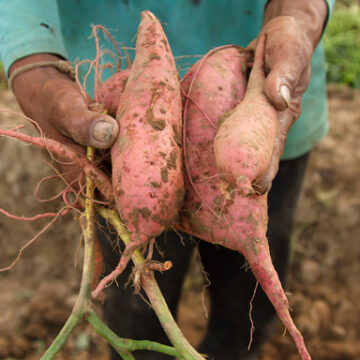HarvestPlus Zimbabwe works with more than 30 partners in government, business, and civil society to improve nutrition and public health by promoting varieties of vitamin A-rich maize, and iron-rich beans.
country manager
Sakile Kudita
c/o CIAT12.5 KM Peg Mazowe Road, Mount Pleasant, Harare
+263779365568, +263787108160, +263787108161
In Zimbabwe, an estimated 20 percent of children under the age of five suffer from vitamin A deficiency, while more than 72 percent of children and 69 percent of women of reproductive age (WRA) have iron deficiency. Vitamin A deficiency has been shown to lower immunity, impair vision, and even lead to blindness or premature death. Meanwhile, anemia, which is most often caused by iron deficiency, can impair the mental development and learning capacity of children, increase weakness and fatigue and increase the risk of women dying during childbirth. Amidst this stark reality, Zimbabwe loses over USD 24 million annually in GDP to such deficiencies amongst its population.
To help address this problem, HarvestPlus has been working over the past five years with the Foreign, Commonwealth & Development Office (FCDO), the Food and Agricultural Organisation (FAO) of the United Nations, the Alliance of Bioversity International and CIAT, the International Maize and Wheat Improvement Center (CIMMYT), and the Zimbabwean Government to apply its extensive knowledge and experience in staple crop biofortification. Notably, this includes transferring the technology of biofortification to small-scale farmers.
At the end of 2020, more than 249,000 smallholder farming families were growing iron beans and 63,000 were growing vitamin A maize.
According to a rapid nutrition study done by LFSP, 63 percent of farmers in the LFSP target districts now grow vitamin A biofortified maize (VAM), and 61 percent grow iron beans (HIB).
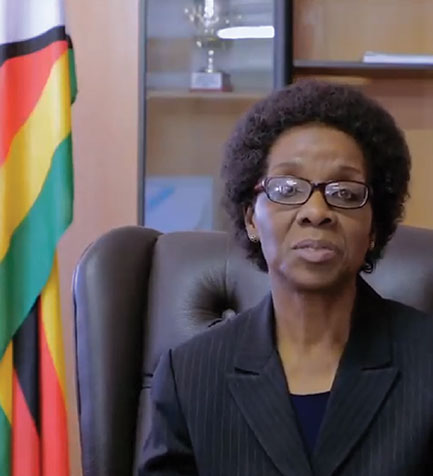
[Biofortification] is critical in complementing other approaches being implemented in Zimbabwe to prevent and correct micronutrient malnutrition amongst the poor and vulnerable rural communities.” Permanent Secretary in the Ministry of Health and Child Care, Zimbabwe
Biofortified Crops in Zimbabwe*
*Includes varieties shown to meet HarvestPlus standards. Other varieties may be available in the country.
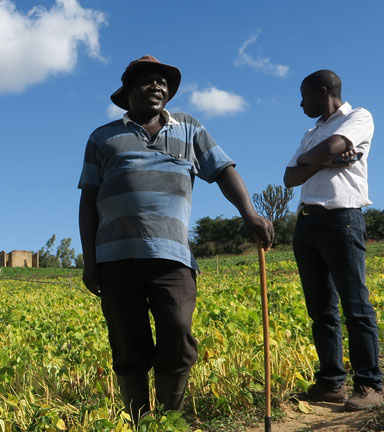
Assessing the Adoption and Production of Iron Beans in Zimbabwe
A nationally representative study was conducted in Zimbabwe to establish the adoption rate of biofortified beans in the country.
READ MOREVarieties Released Database
This searchable database provides information on all biofortified crops variety releases by country.
Areas of Expertise
- Crop Development
- Seed Multiplication
- Seed and Grain Distribution
- Consumer Engagement
- Market Development
- Policy Engagement
Crop Development
HarvestPlus supports the Department of Research and Specialist Services to breed, test, and release varieties of vitamin A maize and iron beans developed with the International Maize and Wheat Improvement Center (CIMMYT) and the International Center for Tropical Agriculture (CIAT). HarvestPlus is collaborating with DR&SS and the International Potato Centre (CIP) to evaluate and promote production and consumption of vitamin A orange sweet potato in the country.
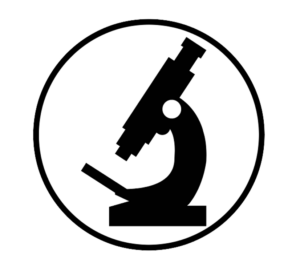
Seed Multiplication
Released varieties are licensed to private seed companies to produce seed for sale to farmers. Some varieties can also be licensed directly so seed companies by CIMMYT.
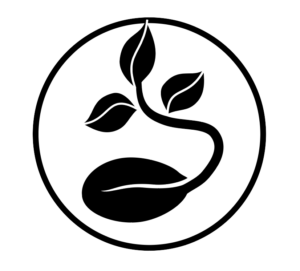
Seed and Grain Distribution
HarvestPlus connects buyers and processors to farmers. Commercial seed is distributed through agro-dealers, government agricultural input support schemes, and non-governmental organizations.
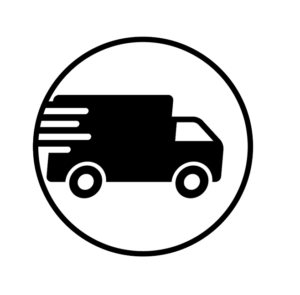
Consumer Engagement
HarvestPlus increases awareness of vitamin A maize and iron beans through consumer education, roadshows, advertising, and media outreach.
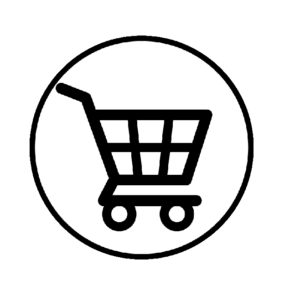
Market Development
HarvestPlus supports the commercial processing of biofortified crops into popularly consumed products thus providing an output market and income for farmers from their surplus, and allowing non-farming consumers to benefit from their nutritional value.
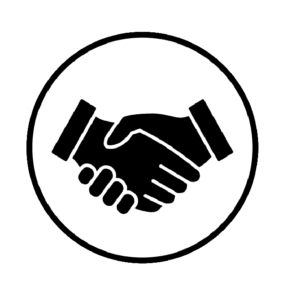
Policy Engagement
Through advocacy conducted with national partners, we strengthen national ownership of biofortification through effective integration into national nutrition and agricultural policies.

Biofortification news in Zimbabwe
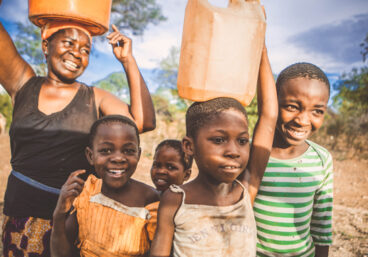
Biofortified Foods Bring Relief to Vulnerable Women and Children in Zimbabwe
Local partnerships and support from the Government of Canada are enabling the delivery of urgently needed nutrition to orphans, survivors of gender-based violence, school children, and other vulnerable populations in Zimbabwe, where disruptions due to COVID-19 have severely impacted public health and people’s livelihoods. Amid a high and rising prevalence of malnutrition, HarvestPlus and its […]
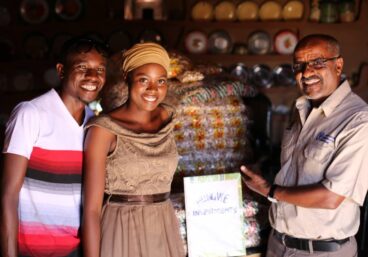
Biofortification is a Game-Changer: Testimony of a Champion Farmer
Thabani Nyoni and his wife Chiedza live in Ward 12, in Zimbabwe’s Kwekwe district. They have transformed themselves from typical farmers into biofortification champions. Thabani has been relying on farming as his main source of income. “I have not been employed because I failed to complete my teacher training course, due to financial challenges. I had to […]
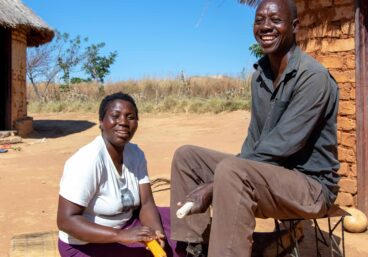
Biofortified Crops Improve Farmers’ Livelihoods in Zimbabwe
Steven Seremwe, who is 57 years old, was retrenched from his job as an administrator at Lake Shore Missions in 2012. He decided to focus on farming, and he started growing various crops—white maize, sugar beans, and sweet potatoes, among others—for consumption and sale. “I have always loved agriculture but because of work pressures, I […]
Partner With Us
Join a growing movement to expand the reach and impact of nutrient-enriched staple crops in Zimbabwe.
Contact Our Zimbabwe TeamHarvestPlus Partners
We have more than 30 partners in the public, private, NGO, and policy engagement sectors who share our mission to improve nutrition and lives of people in Zimbabwe.
View Partners List

